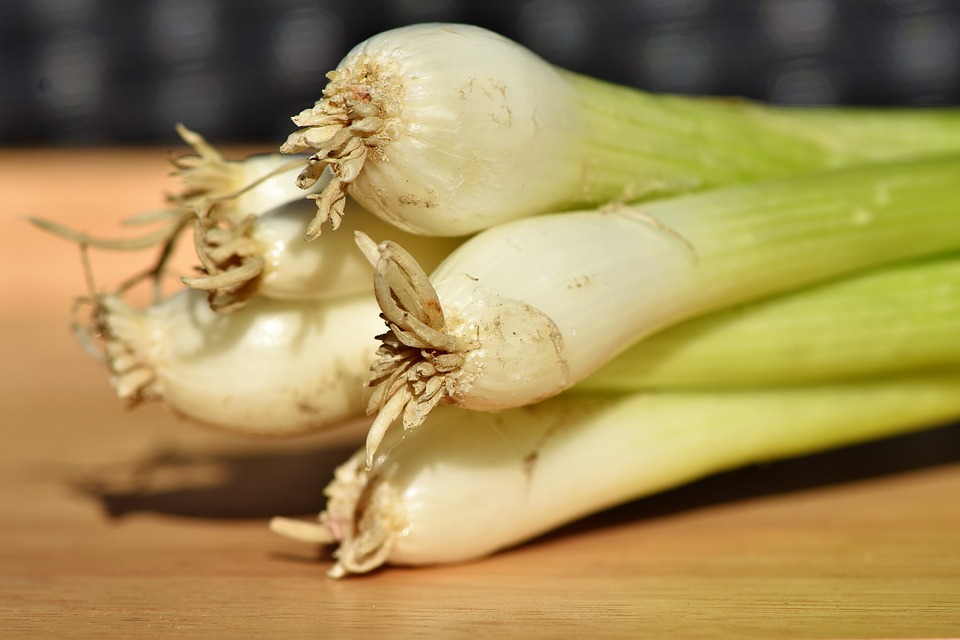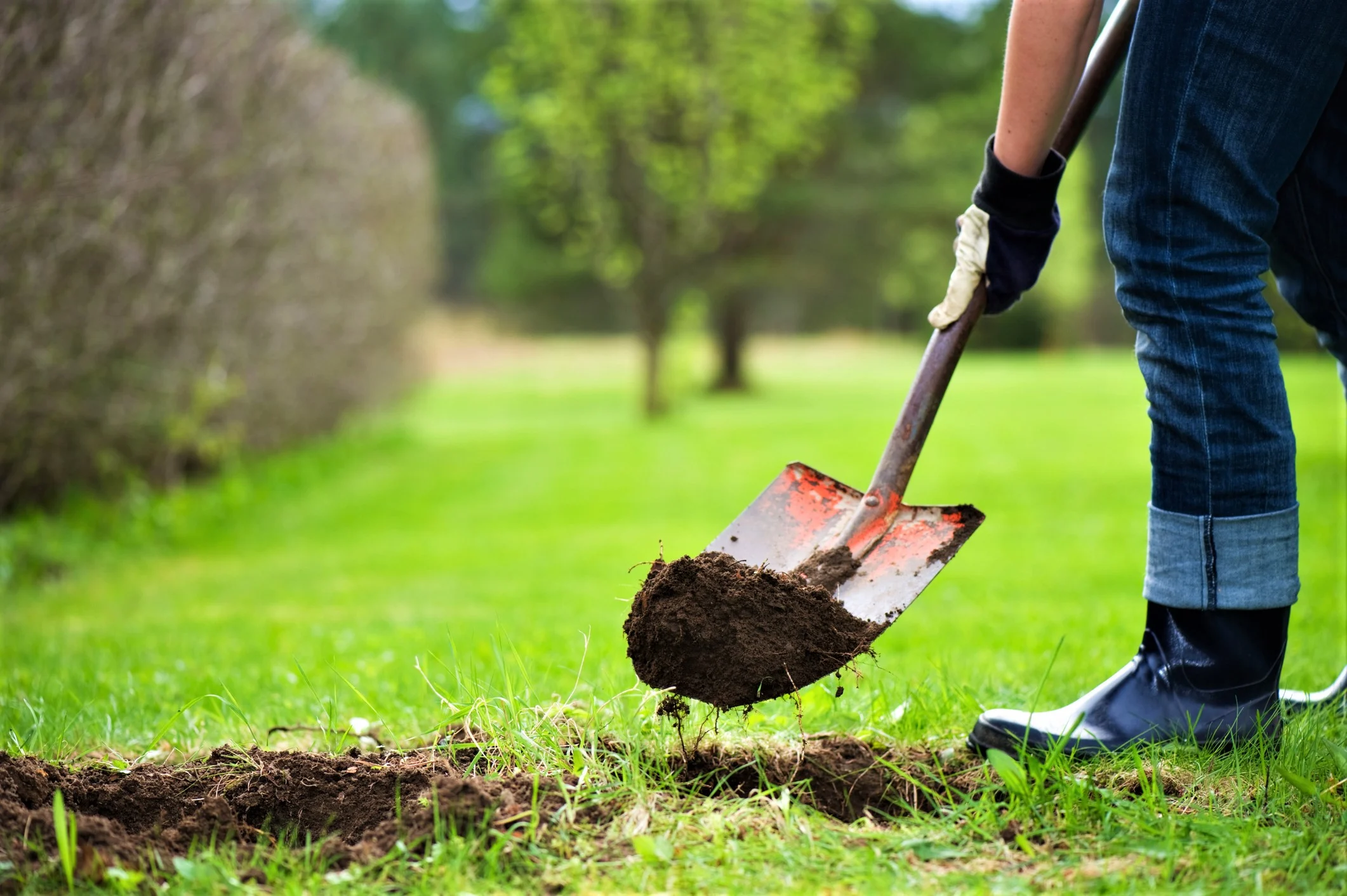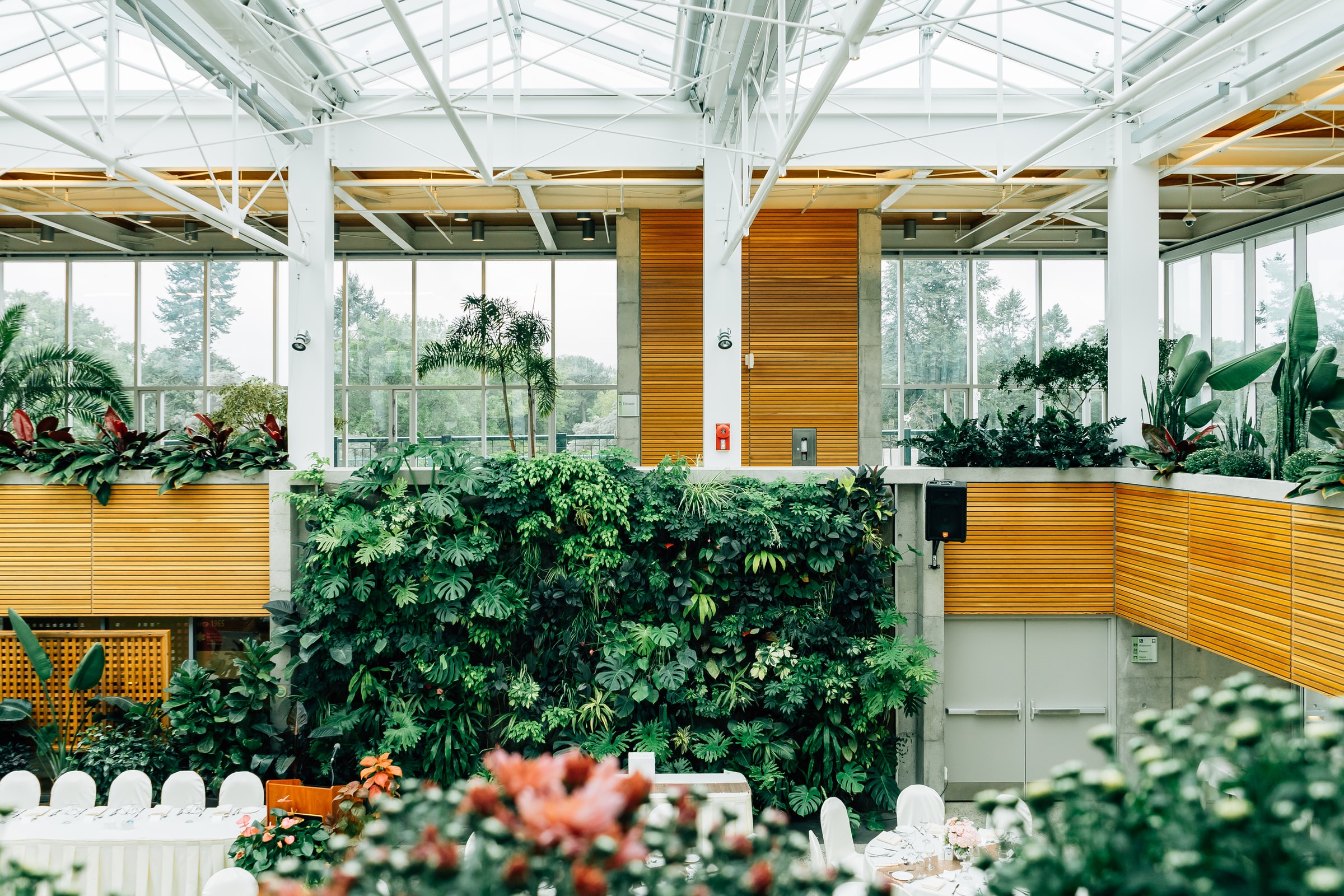Growing leeks is easy. Leeks can be grown in three different growing seasons-summer, autumn, and winter leeks. They usually take 80-90 days to pre-grow (from seed to planting).
To establish a good growing schedule, it is essential to know that the growing period after planting varies enormously. Summer leeks are ready in 80-100 days, autumn leeks take 80-180 days, and winter leeks will stay in your vegetable garden for about 180-300 days.
Varieties
Varieties can be divided into summer leeks, which have a light green color, a relatively long white stem, and a soft texture. They are, therefore, quick to deteriorate, as they do not stand the autumn weather very well. Examples are Swiss giants and Bulgarian giants. The latter are best eaten immediately as they spoil quickly in autumn. Bulgarian giants are slightly more sensitive to viruses, but they are less susceptible to thrips.
In general, the autumn Giant types are mainly used and recommended. Autumn giants have short to moderately long stems, and the leaves are broad, grey-green, and thick. They are also less susceptible to disease.
And finally, there are the winter ones, which have dark grey-green leaves that are not too wide. It has a moderately thick and short stem but has good winter hardiness. The best choice for winter foliage is blue-green winter foliage.
Soil
The soil needs to be loose to allow good air penetration and moisture retention. Leeks require deep loose soil, and a firm layer is not always desirable. Sandy soil is also very suitable for leeks, as long as it can retain sufficient moisture. In heavier soils, you can dig deep if you feel like it.
Leeks prefer soil with ‘old vigor’ (this means the leeks can still grow without new fertilization). Nitrogen is then available through the decomposition of organic matter already in the soil. The ideal acidity for leeks is between pH 5, 8, and 6,8 and humus content of 5-8%.

Ideal Fertilisation For Leeks
Leeks like well-fertilized soil rich in organic matter. If you have winter manure for cows available in autumn, you can make about one wheelbarrow of winter manure per 15 m2 for the winter. Leeks will grow less well if you put in undecayed manure or a lot of plant waste in Spring.
If the leeks become a little pale, an extra nitrogenous fertiliser should be added. Blood meal is ideal for this. It is also preferable to fertilize the leeks several times during growth. This is particularly important in sandy soils. If you have wood ash available, you can also sprinkle it over the soil before planting and work it in.
Leek Cultivation
There are three stages in the sowing process. At the beginning of January, indoors in warm weather, the summer leeks are sown (growth lights are helpful here for good cultivation). In March, outdoors under glass or in a tunnel. The autumn crops are sown in April outdoors. Leeks are sown in March when they are 3-4 mm thick. The others (autumn and winter leeks) are planted 13 weeks after. At that time, the plants should be about 6 mm thick.
Planting Young Leeks
There are different ways of planting leek seedlings. The best planting distances are 25 cm between rows and 10 cm between plants (summer sail) and 45 cm between rows and 15 cm between plants (autumn and winter sail). You can make the holes with a leek planter. The centre of the leek should be just above the ground.
Put your hand in the ground, make a hole, put the leek in it and press it down. This planting method also gives very good results. It is important that you water the plants with 100ml of water after planting in the holes. Plants that you plant by hand must be watered so that they can continue to grow undisturbed.

Watering
Leeks place high demands on water management! A few days of water shortage will produce a much poorer leek, and drought is not good. They need 380-400 mm of water throughout the growing season. Irrigation is, therefore, usually essential.
If the leek only gets 220 mm, the yield would be about half! Above 400 mm, the yield drops again. The use of a simple rain gauge is therefore essential to monitor rainfall. 1 mm less water gives 20 grams less leek per square meter. Immediately after planting, water 10 mm per square meter or pour 100 ml per hole. If your vegetable garden does not have plenty of water, opt for a leek planter instead of hand planting.



